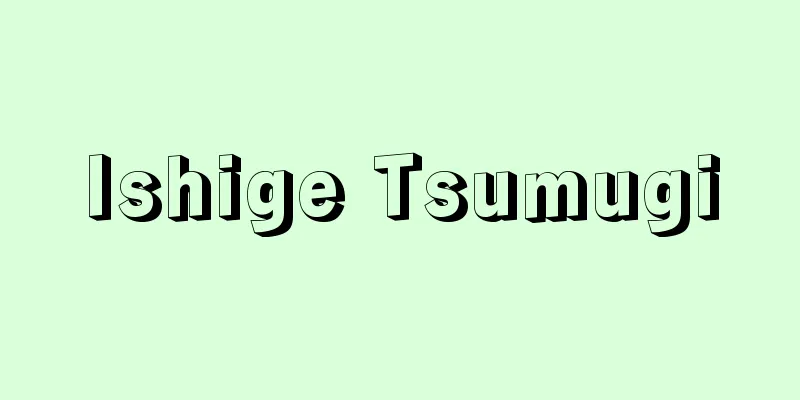Poem of the name of medicine (English)

|
A Chinese poem that recites the names of herbal medicines, or Chinese herbal ingredients. It is one of the miscellaneous names, a form of playful literature that recites a certain type of specialty, and is often produced in a salon-like environment. It began in the imperial salons of the Qi and Liang dynasties in the 5th and 6th centuries. Various techniques are used, such as reciting the name of the herb in each line and using two different meanings. The tradition of poetry on the names of medicines has continued through the Tang and Song dynasties to modern times, but Chen Ya of the Northern Song dynasty in particular introduced the technique of puns, and in popular literature such as variant songs, dramas, and sanqu, it has become increasingly unrestrained, strengthening the character of playful literature. Source: Heibonsha World Encyclopedia, 2nd Edition Information |
|
本草すなわち漢方薬材の名をよみこむ中国詩。一類の名物をよみこむ遊戯文学〈雑名体〉の一つで,多くはサロン的環境で制作される。5,6世紀,斉,梁の宮廷サロンに始まる。毎句に本草名をよみ,語意を二様にはたらかせるなど,種々の技巧が用いられる。薬名詩の伝統は唐・宋を経て近代まで絶えないが,特に北宋の陳亜はもじりの技法を導入,また変文曲や戯曲,散曲などの俗文学では,それがますます奔放をきわめて遊戯文学の性格を強化している。
出典 株式会社平凡社世界大百科事典 第2版について 情報 |
Recommend
Thunderfish - Thunderfish
The local name for the sandfish, a saltwater fish...
aḥdāth (English spelling) ahdath
… [Ryosho Hayashi] [Islamic World] A group of chi...
RVR
A passenger car manufactured and sold by Mitsubish...
Sword - Tachi
A style of Japanese sword. When worn, it is hung ...
Hoarfrost - Muhyo
Ice that adheres to the surface of trees or build...
Shiken
A Buddhist scripture translator who was active in...
Mirapinna esau (special fin sardine)
A marine fish of the family Acanthariidae in the o...
Hydrangea macrophylla (English spelling) Hydrangeamacrophylla
…[Shinichi Suzuki]. … *Some of the terminology th...
Suzuki Umeshiro
1862-1940 A businessman and politician from the M...
Right of intervention
Two different types of intervention rights are re...
A box of 1000 ryo coins
〘Noun〙① A container used to store gold coins durin...
Law Concerning Provisional Measures for Subsidies for Producers of Milk for Processing
…To deal with this structural excess, dairy farmi...
Ankamon'in Uemonnosuke
…She became a concubine of Fujiwara no Teika'...
Katsuta
The area is located in the northeastern part of Ok...
Hardy-Weinberg's law
For example, in a population of 100 individuals, ...




![Naguri [village] - Naguri](/upload/images/67cc6571b99e7.webp)




